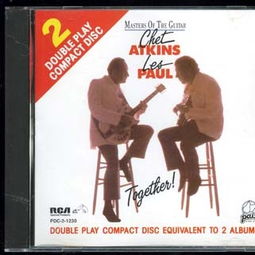Content:
Introduction: Persian lobsters, also known as American lobsters, are a highly sought-after delicacy that can be found in the coastal waters of North America. These crustaceans are not only delicious but also quite challenging to catch. If you're an avid angler looking to add Persian lobsters to your fishing portfolio, mastering the art of catching them requires a combination of patience, knowledge, and the right techniques. In this article, we will delve into the essential fishing techniques that can help you successfully hook a Persian lobster.
Understanding Persian Lobster Behavior: Before you set out to fish for Persian lobsters, it's crucial to understand their behavior. Persian lobsters are nocturnal creatures that prefer to stay in deeper waters during the day and come up to the surface at night to feed. They are also bottom feeders, which means they search for food on the ocean floor. Knowing their habits can help you choose the right location and time for your fishing trip.
Choosing the Right Fishing Gear: To successfully catch Persian lobsters, you'll need the right equipment. Here are some essential gear items:
- Heavy-duty rod and reel: Persian lobsters are strong and can pull a lot of weight, so a sturdy rod and reel are a must.
- Lobster trap: A trap designed specifically for catching lobsters is the most effective tool. These traps are usually square or rectangular and have a grid pattern on the bottom to prevent the lobster from escaping.
- Lobster bait: Fresh bait, such as fish heads, shrimp, or squid, is highly attractive to Persian lobsters and can significantly increase your chances of a successful catch.
Selecting the Ideal Fishing Location: Persian lobsters are commonly found in coastal waters, particularly in areas with rocky or sandy bottoms. To increase your chances of catching a lobster, look for the following locations:
- Rock piles: Lobsters often hide in crevices and under rocks, making rock piles excellent spots to fish.
- Reefs: Reefs provide a natural habitat for lobsters and are often teeming with these crustaceans.
- Channels and inlets: These areas tend to have more food and can attract a larger population of lobsters.
Setting Up Your Lobster Trap: Once you've found a suitable location, it's time to set up your lobster trap. Here are the steps to follow:

- Bait the trap: Place your fresh bait at the bottom of the trap, ensuring it's secure so it doesn't wash out.
- Close the trap: Ensure that the trap is properly closed and that the grid pattern on the bottom is intact to prevent the lobster from escaping.
- Secure the trap: Attach a weight to the trap to keep it on the ocean floor and a buoy to mark its location.
Patience is Key: Persian lobsters are not the quickest catch, and patience is essential. Once your trap is set, wait for several hours or even overnight to allow the lobster to enter. Remember that lobsters can be quite elusive, so it's important to be patient and wait for them to come to the trap.
Retrieving Your Lobster: After a successful wait, it's time to retrieve your catch. Here's how to do it:
- Approach the buoy: Locate the buoy and approach the trap carefully.
- Open the trap: Once you have the trap in your hands, open it and check for lobsters. Remember to handle the lobster with care, as they can be quite delicate.
- Release any undersized lobsters: Persian lobsters must meet a minimum size requirement before they can be kept. Check the local regulations and release any undersized lobsters back into the water.
Conclusion: Catching Persian lobsters requires a combination of knowledge, patience, and the right techniques. By understanding their behavior, choosing the right equipment, and selecting an ideal fishing location, you can increase your chances of a successful catch. Remember to practice responsible fishing and respect local regulations to ensure the sustainability of Persian lobster populations. With these essential fishing techniques, you'll be well on your way to becoming a Persian lobster fishing expert.












